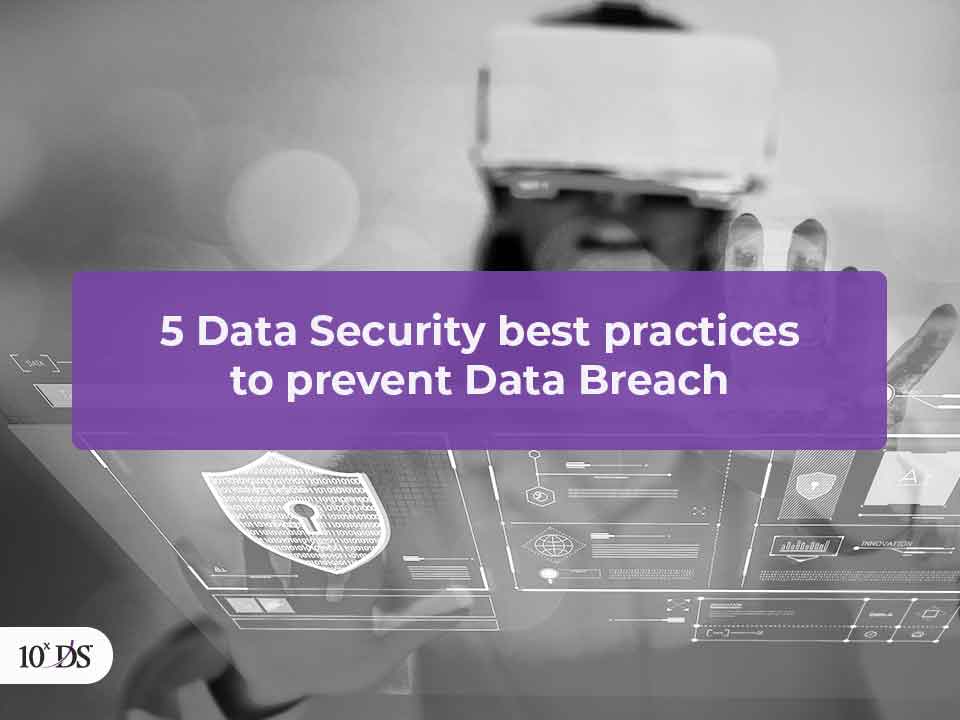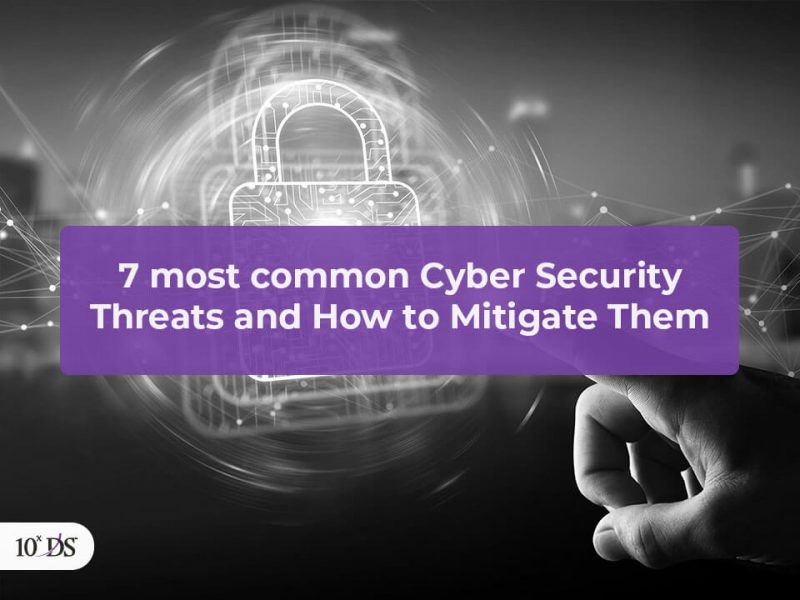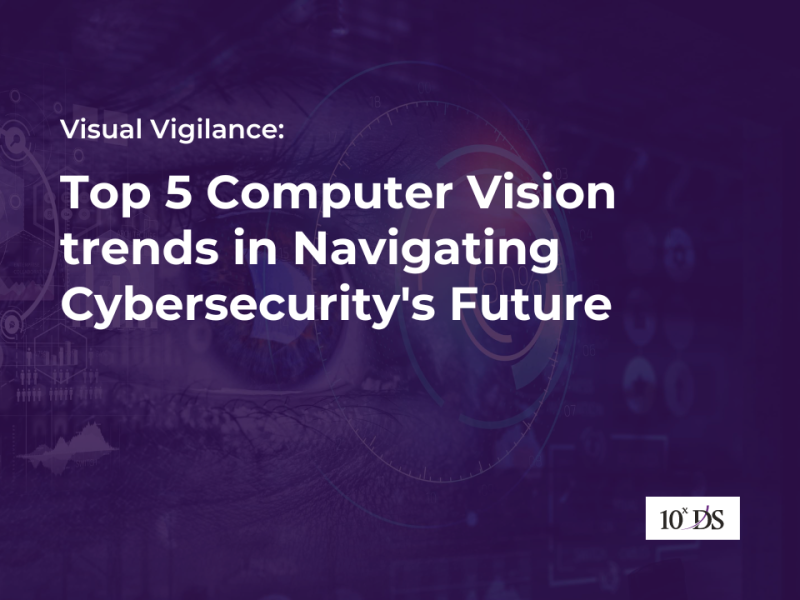
5 Data Security best practices to prevent Data Breach
Data, especially personal data has now become the most valuable resource in the world. It can be collected and used for several legal or illegal activities.
With the information explosion, the collection of data is rapidly increasing. You might have observed, for receiving a product, brochure, or service information, you may have to enter your personal information such as your email address, name or mailing address.
These days, enterprises are required to comply with several data privacy laws existing in different countries. For instance, if companies have customers or clients in the European Union, they must be GDPR compliant. This has become a general practice in many countries to keep data protected from unauthorized access, corruption and theft.
Data Security practices existing in an organization should ensure that data is available to those who have permissible access to it, and it should be protected against unauthorized access. Data breaches occur when an unauthorized party accesses private or personal data. The worst part is that the sensitive data even if it’s not stolen, copied or deleted, when the wrong unauthorized person simply views it, it is considered a breach.
Let’s look at the top five Data Security best practices to prevent Data Breach.
1. Incident Response Plan (IRP) functional, tried and tested
Complying to the best practices is necessary to ensure Data Security and this is a high priority for small or big organizations. Having a tried, tested and functional IRP is one of the best practices that will really help you react and respond quickly to data breaches and how it can be rectified and reduce the time it takes to detect and respond to a data breach. It helps the organizations to have greater control over breaches and reduce compliance penalties.
One of the most important aspects to include in the plan and follow as a practice is taking regular backups of sensitive data to reduce the impact of the damages, a data breach could cause to the business. Make it a practice to routinely take stock of the types and quantities of information in your organization’s digital files and systems. It is also necessary to know what you keep and where you keep it.
2. Use of Encryption
This is probably one of the best ways to deal with private data, and it is absolutely vital. Encrypted documents or emails should only be able to be decoded with an associated key.
The best thing about encrypting data as a safeguard is that if it’s in rest or in transit, when breached, you can reduce compliance penalties because the actual data itself has not been exposed. Moreover, the cost of implementing encryption is very less compared to other measures. It helps in maintaining the data integrity and maintain the trust of your partners and customers.
3. Use of Multi-Factor Authentication
This is another one of the best ways to protect your system and sensitive data from malicious attackers. Even if an attacker manages to hack through your credentials, it is necessary to ensure there is another way to stop them from gaining access to your systems.
Multi-Factor Authentication (MFA) is a security system requiring three or more credential verifications to identify users. It is a crucial component of identity and access management involving additional credentials, such as a security pin from the user’s smartphone, answer to a secret question that the user has set and which only the user knows, a fingerprint, facial recognition and others. Though users can find them onerous, it is wise to have the minimum number of extra checks based on both the minimum-security level suitable for the organization’s security.
4. Use of Intelligent Automation
Traditional Cybersecurity methods have limitations considering the sheer number of possible attacks which is much higher than what threat detection intelligence can measure. Responding to these numerous alerts can be very challenging. When you are not able to respond on time, delayed investigations put an organization at imminent risk of devastating data breaches.
Adoption of emerging technologies like Intelligent Automation (IA) can help address these critical problems, filling the gap of personnel shortage for the Cyber skilled roles, also connecting applications and legacy technologies that do not work well together. Cyber security automation can increase compliance to data protection, increase threat intelligence, reduce average time to detect threats, effectively remediate vulnerabilities and help in getting consistent Root Cause Analysis of the vulnerabilities.
Some of the areas IA can help include Access Management, Vulnerability scanning, patch management, incident analysis, monitoring of security measures implemented and others.
5. Routine Security awareness training program
The most common reason why most security breaches happen is because of the lack of awareness of data security practices of the end user. The end user presents the biggest threat to your data security. Most of the time it happens to those users having privileged access to sensitive data.
Some phishing emails ask employees to provide their credentials through tactically brilliant social engineering techniques. So, to reduce the possibilities of such breaches the employees of the organization should be aware of the best practices and modern cybersecurity risks and what steps they need to take to keep data secure.
Conclusion
Security of personal and sensitive data is going to be an ever-growing concern for most organizations across the globe. It is quintessential to develop an effective cybersecurity system and follow the best practices to avoid data breaches.
It is good idea to automate the processes leveraging AI, Intelligent Automation and Analytics to always be on top of the possible security issues. Employees and leadership should be aware and ensure security aspects are followed as per the policies.
How 10xDS can help?
At 10xDS we have the expertise and experience to provide a comprehensive suite of cybersecurity and IT risk assurance services to help you detect, prevent, and proactively respond to security threats. We offer Information Security Consulting, Integrated Adaptive Cyber Defence, Cyber Risk Management, IT & Cyber security Internal Audit and other services helping you mitigate risk and minimize the impact.
Talk to our cybersecurity experts to fortify and safeguard your organization’s critical assets.


